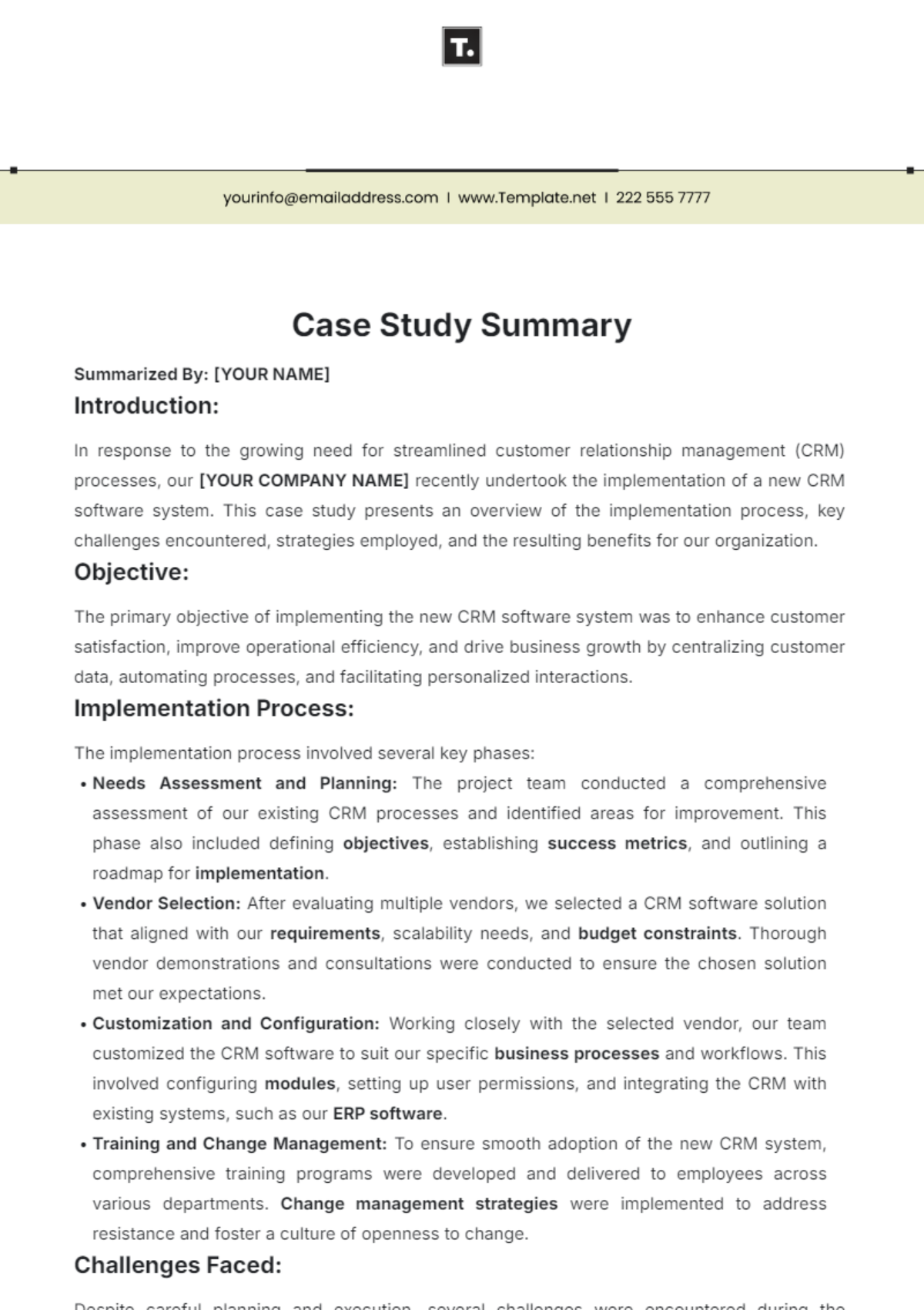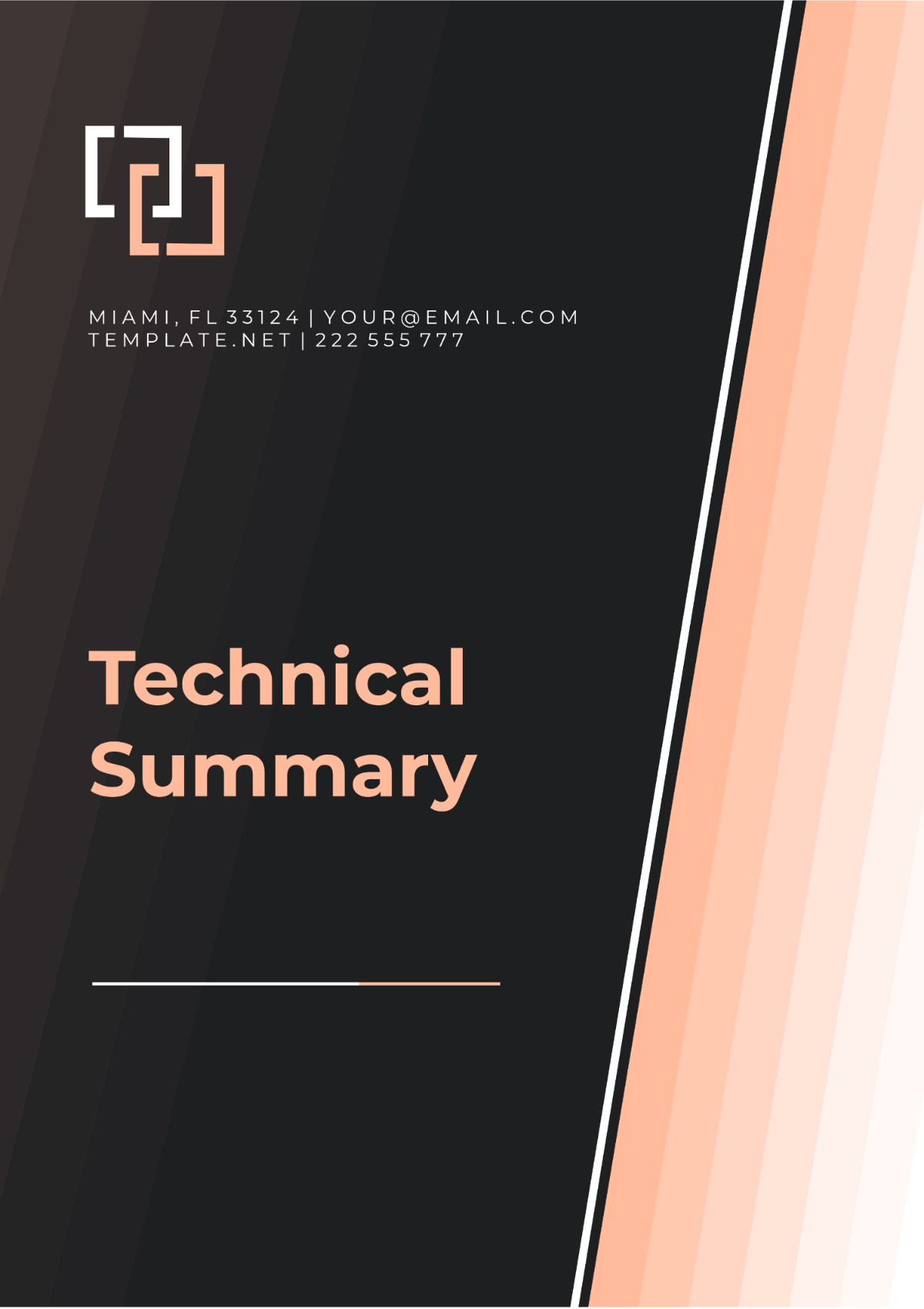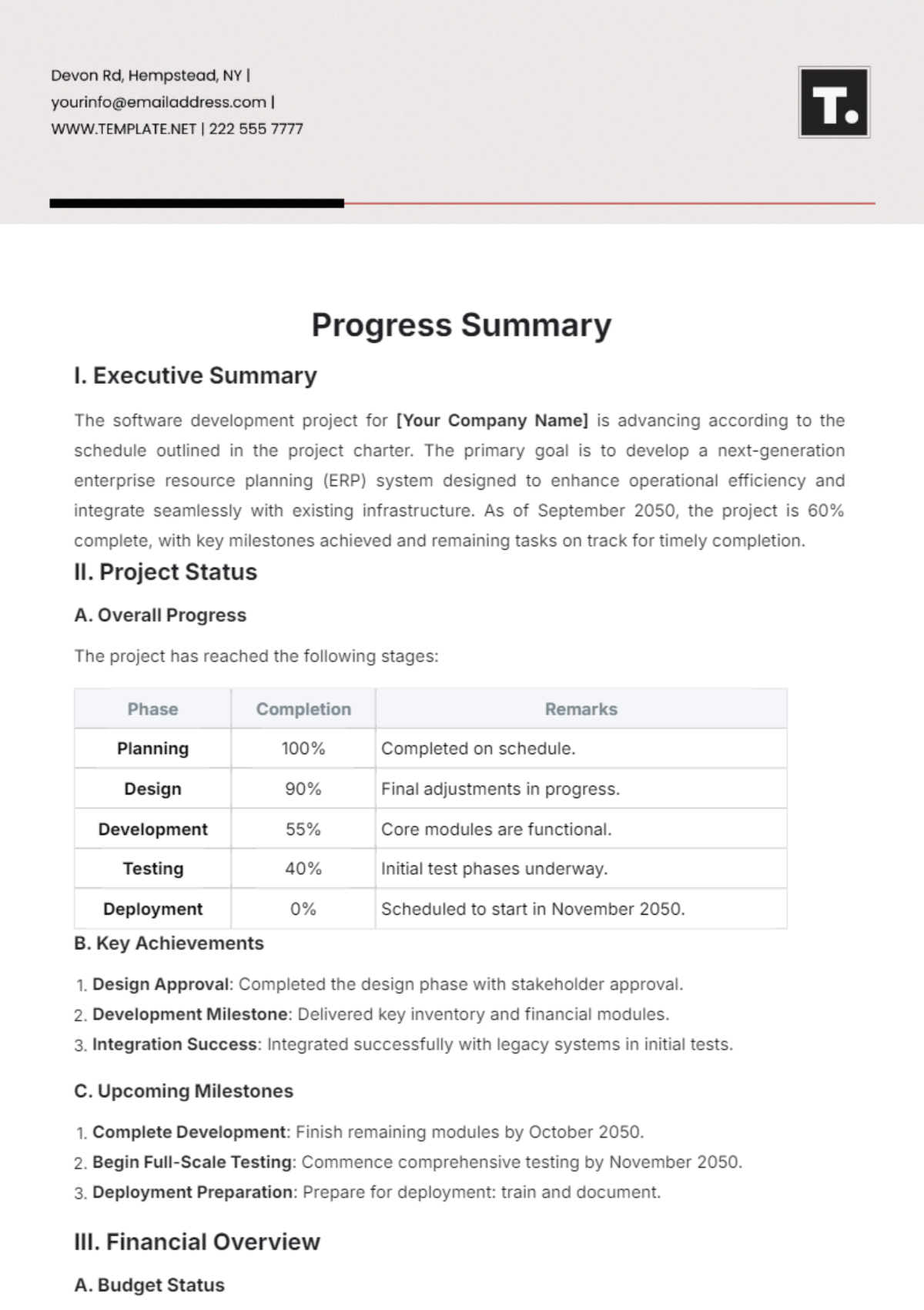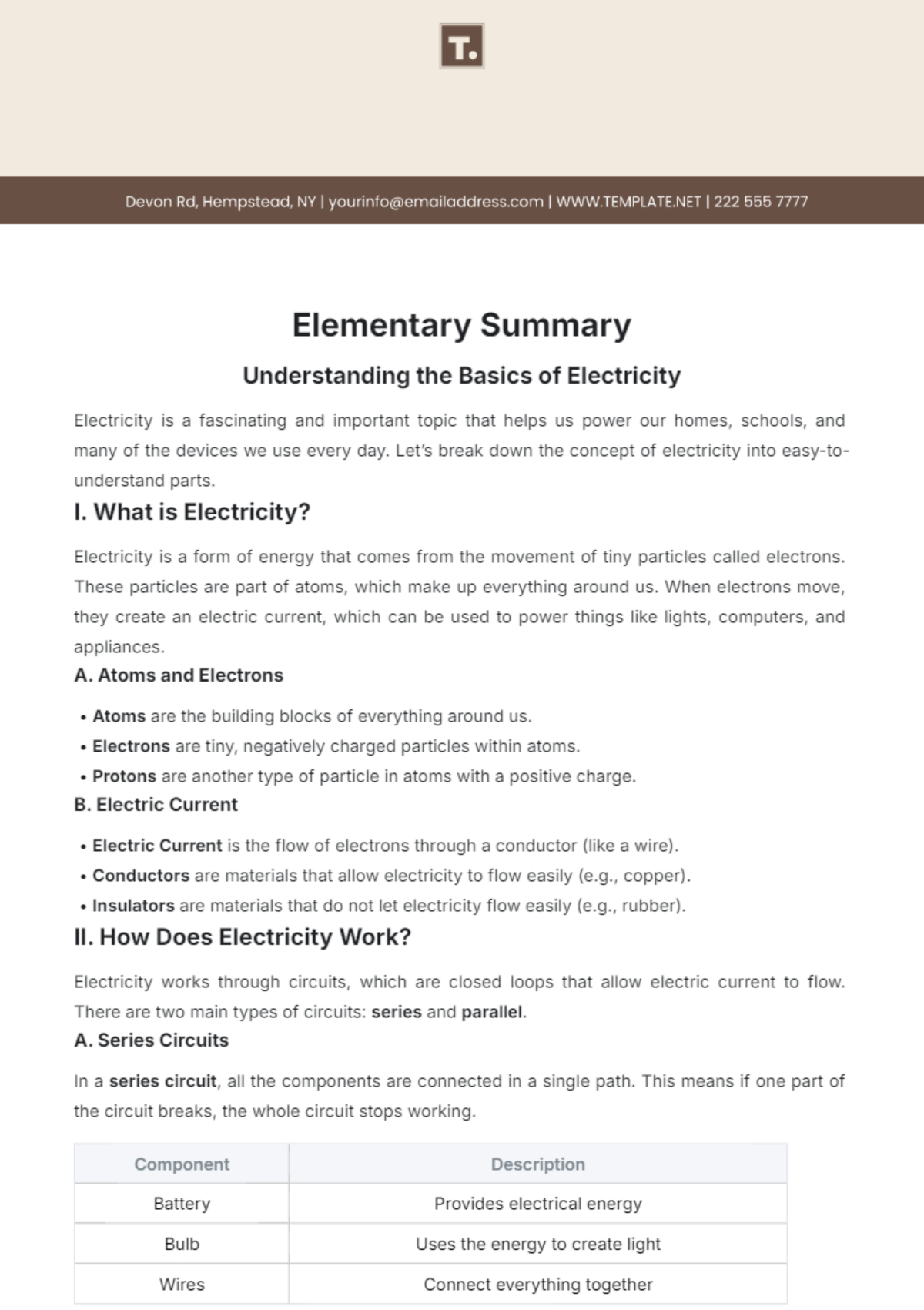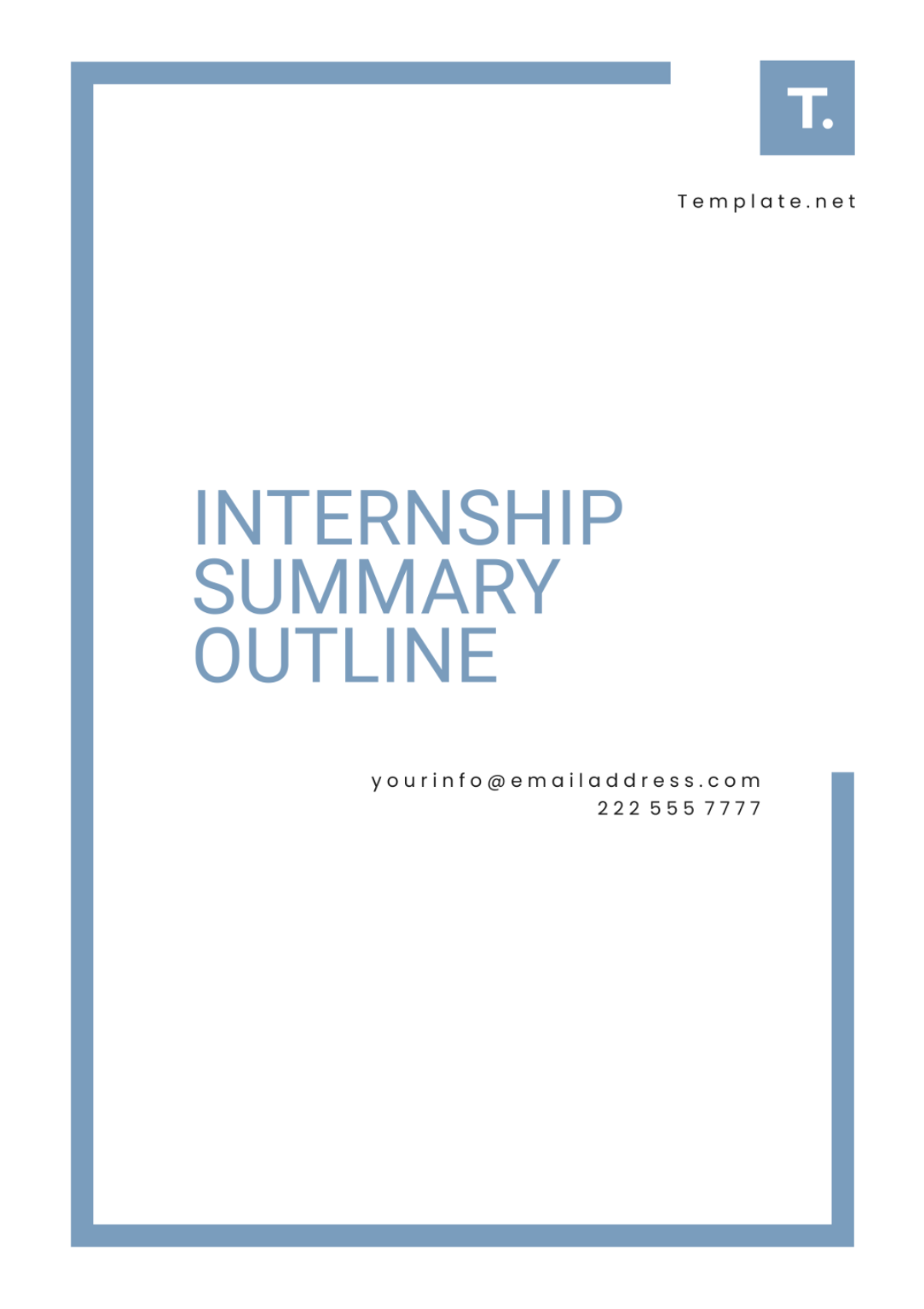Summary Article
"Understanding Business Reports: Essential Insights for Executives and Managers"
Written by: [Your Name]
I. Introduction to Business Reports
Business reports are crucial tools for executives and managers, providing a snapshot of a company's performance, market trends, and strategic opportunities. These reports condense complex data into actionable insights, helping leaders make informed decisions without wading through extensive documentation. This summary article delves into the essentials of business reports, highlighting key aspects that executives and managers need to know.

II. Key Components of Business Reports
A. Executive Summary
The executive summary offers a concise overview of the main findings and recommendations of a business report. It is designed to give busy executives and managers a quick understanding of the report's content. Key elements often included are:
Purpose of the Report
Main Findings
Recommendations
Key Data Highlights
B. Market Analysis
A critical section of business reports is the market analysis, which provides insights into market conditions, trends, and competitive landscape. Essential components include:
Market Trends: Current and projected trends that could impact the business.
Competitor Analysis: Key players, their market positions, and strategies.
Customer Insights: Demographics, preferences, and behavior patterns.

C. Financial Overview
The financial overview section presents a snapshot of the company’s financial health. Important elements are:
Revenue and Profit Trends: Historical and projected figures.
Cost Analysis: Breakdown of operational and capital expenses.
Financial Ratios: Key metrics such as ROI, ROE, and liquidity ratios.
III. Common Use Cases for Business Reports
Business reports are utilized in various scenarios to support decision-making and strategic planning. Common use cases include:
A. Strategic Planning
Identifying Opportunities: Pinpointing growth opportunities and market gaps.
Setting Objectives: Defining short-term and long-term business goals.
Resource Allocation: Optimizing the use of resources to achieve strategic goals.

B. Performance Monitoring
Tracking Progress: Monitoring key performance indicators (KPIs) to gauge success.
Evaluating Strategies: Assessing the effectiveness of implemented strategies.
Making Adjustments: Adjusting tactics based on performance data and market changes.
C. Risk Management
Identifying Risks: Detecting potential risks and challenges.
Mitigation Strategies: Developing plans to minimize or manage risks.
Contingency Planning: Preparing for unexpected events or changes.
IV. Conclusion
Business reports are indispensable for executives and managers who need to grasp the essence of comprehensive data quickly. By focusing on key components such as the executive summary, market analysis, and financial overview, and understanding their use cases in strategic planning, performance monitoring, and risk management, leaders can make informed decisions that drive success. Staying updated with current trends and adapting to new data ensures that business strategies remain relevant and effective.




